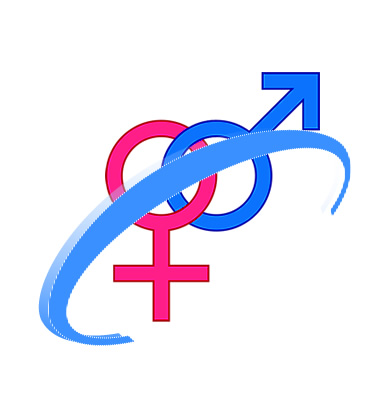The Web and Challenges to Gender

It’s tempting to believe that communicating on the Web is faceless, bodiless, and genderless. Indeed, this notion formed part of the basis of cyberfeminism, which envisioned a post-body, post-gender future inhabited by cyborgs. Without physical cues, an Internet user could be free to be anyone or anything without consequence. While this may have been true 20 years ago (when this comic was published), it sadly is no longer. Persistent identities and data trackers which follow your digital footprint aside, communication itself is not as anonymous as one may think. In social psychology, such a programme has been able to categorise samples of discourse by gender with an 80% success rate, lending further credence to theories of gender-based difference in language use.
There is also evidence to suggest that the ways in which men and women use the Web might also be different, as well as the possibility that using the Web can affect people differently according to their gender. High exposure to and use of the Internet has been linked with poor body image and desire for thinness in teenage girls. Additionally, highly explicit content has been made available to all, including children and adolescents. Exposure to pornography and other sexual media has the potential to communicate to teenagers, particularly boys, as well as reinforcing gender stereotypes such as objectification of women and masculinisation of men.
